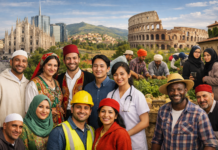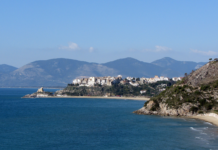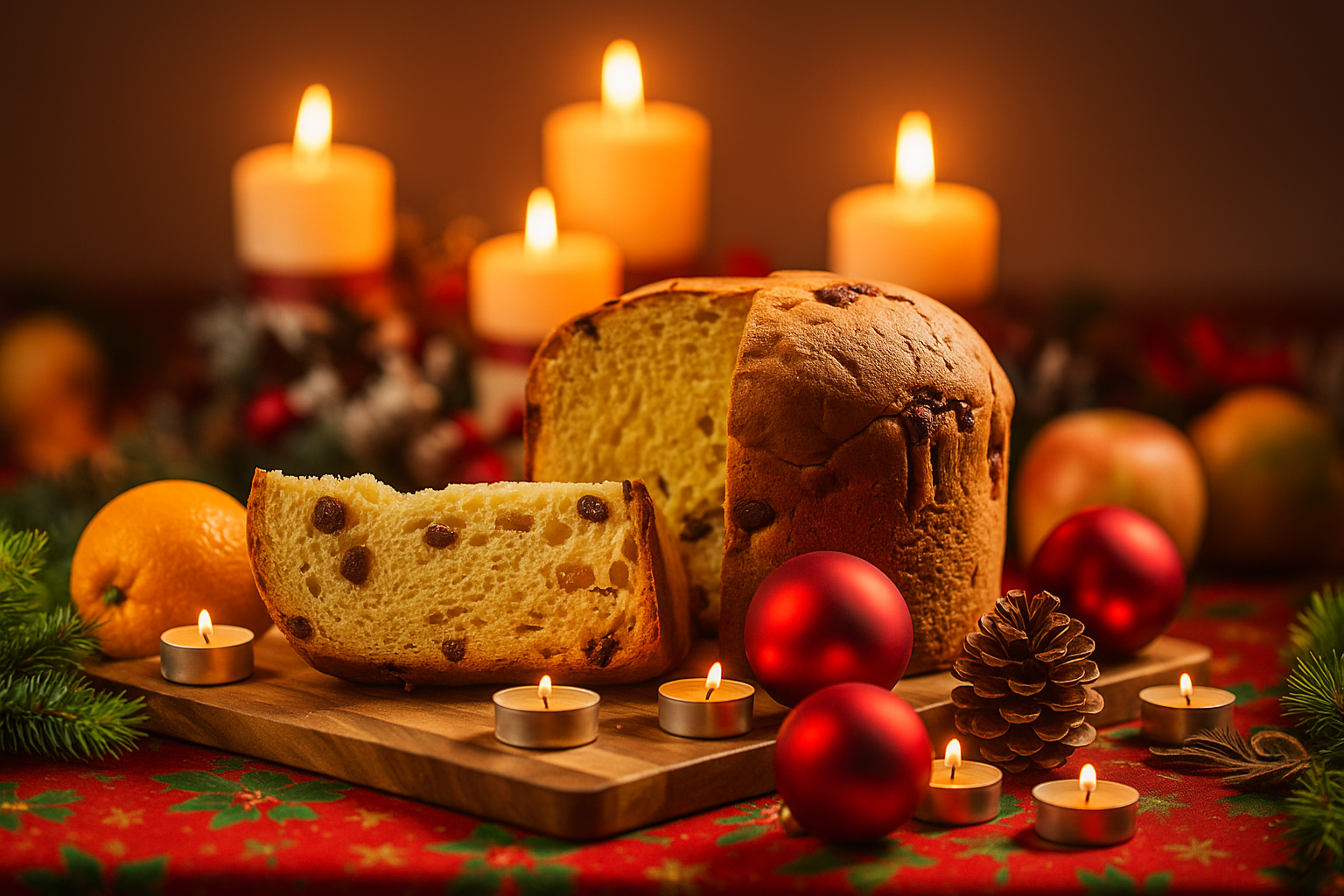Sicily, the largest island in the Mediterranean, has been a melting pot of cultures and civilizations for millennia. Its rich tapestry of history is reflected in its art, architecture, ruins, traditions, and culinary delights. From the ancient Greeks to the Normans, each wave of settlers has left an indelible mark on this enchanting island.
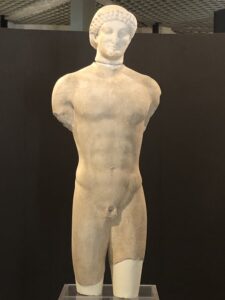
Art
Sicilian art is a vibrant amalgamation of influences, with each era contributing unique styles and forms.
Ancient Greek Art
The Greek colonization of Sicily began in the 8th century BCE, leading to the establishment of major cities like Syracuse and Agrigento. Greek influence is evident in the numerous temples and sculptures that dot the island. The Valley of the Temples in Agrigento is a UNESCO World Heritage site featuring well-preserved Doric temples, such as the Temple of Concordia, which epitomizes classical Greek art with its symmetry and grandeur.
Byzantine Mosaics
During the Byzantine period, Sicily became a hub for mosaic art. The Palatine Chapel in Palermo boasts some of the most exquisite Byzantine mosaics, depicting biblical scenes with vibrant colors and intricate details. These mosaics are characterized by their spiritual intensity and use of gold backgrounds, creating a heavenly ambiance.
Renaissance and Baroque Art
The Renaissance and Baroque periods brought a new wave of artistic expression to Sicily. Antonello da Messina, a Renaissance master, introduced oil painting techniques to the island. His works, such as the “Annunciation,” are celebrated for their realism and use of light.
The Baroque era saw the construction of ornate churches and palaces, adorned with elaborate frescoes and sculptures. Artists like Giacomo Serpotta, known for his stucco work, created masterpieces in Palermo’s Oratory of San Lorenzo, where his delicate yet dynamic figures seem to come to life.
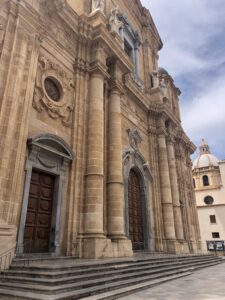 Architecture
Architecture
Sicily’s architecture is a testament to its diverse history, with each civilization leaving its architectural footprint.
Greek Temples
The ancient Greek temples of Sicily are some of the best-preserved examples of Greek architecture outside of Greece. The Temple of Hera in Selinunte and the Temple of Concordia in Agrigento showcase the use of massive stone columns and pediments, reflecting the grandeur and religious devotion of the ancient Greeks.
Roman Villas
The Romans contributed to Sicily’s architectural landscape with their grand villas and public buildings. The Villa Romana del Casale near Piazza Armerina is renowned for its extensive and well-preserved mosaics, depicting scenes from everyday life and mythology. This UNESCO World Heritage site offers a glimpse into the opulence and sophistication of Roman architecture.
Norman-Arab Architecture
The Norman conquest in the 11th century introduced a unique blend of Norman, Arab, and Byzantine architectural styles. The Palatine Chapel in Palermo, with its stunning mosaics and wooden ceiling, is a prime example of this fusion. The Cathedral of Monreale, with its vast mosaic cycles and Arab-influenced cloisters, exemplifies the harmonious blend of these diverse styles.
Baroque Splendor
The Baroque period transformed Sicilian towns with its exuberant architectural style. Cities like Noto, Ragusa, and Modica, part of the Val di Noto UNESCO World Heritage site, are renowned for their Baroque buildings. The Cathedral of San Giorgio in Ragusa and the Church of San Domenico in Noto feature ornate facades, dynamic sculptures, and elaborate interior decorations, embodying the grandeur and theatricality of Baroque architecture.
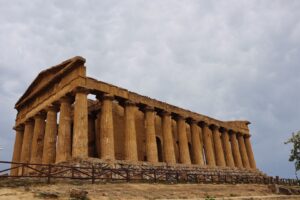 Ruins
Ruins
Sicily’s landscape is dotted with ancient ruins that tell the story of its storied past.
Valley of the Temples
The Valley of the Temples in Agrigento is one of the most significant archaeological sites in Sicily. This ancient city, founded by Greek colonists, boasts a series of well-preserved temples, including the Temple of Concordia, the Temple of Juno, and the Temple of Heracles. These ruins offer a glimpse into the religious and civic life of ancient Greek settlers.
Segesta
Segesta, founded by the Elymians, an indigenous people, is home to a majestic Doric temple and an ancient theater. The temple, set against a backdrop of rolling hills, is remarkably well-preserved, and the theater offers breathtaking views of the surrounding countryside, providing insight into the architectural and cultural achievements of the Elymians.
Syracuse
Syracuse, a powerful Greek city-state, is rich in archaeological treasures. The Neapolis Archaeological Park includes the Greek Theater, one of the largest of its kind, and the Ear of Dionysius, a limestone cave with remarkable acoustics. The Roman Amphitheater and the Temple of Apollo further illustrate the city’s historical significance.
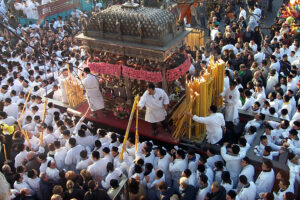 Traditions
Traditions
Sicilian traditions are a vibrant blend of religious, cultural, and folk elements, deeply rooted in the island’s history.
Festivals
Sicily’s calendar is filled with colorful festivals that celebrate its rich cultural heritage. The Feast of Santa Lucia in Syracuse, held in December, features processions, fireworks, and traditional foods. The Infiorata di Noto, a springtime festival, transforms the streets of Noto into a carpet of flowers, with intricate designs and vibrant colors.
Religious Processions
Religious processions play a central role in Sicilian traditions. The most famous is the Feast of Saint Agatha in Catania, a three-day event in February that honors the city’s patron saint. The procession includes the carrying of Saint Agatha’s relics through the streets, accompanied by music, prayers, and a display of devotion by thousands of participants.
Folk Music and Dance
Sicilian folk music and dance are integral to the island’s cultural identity. The tarantella, a lively dance characterized by its fast tempo and energetic movements, is often performed at festivals and celebrations. Traditional instruments like the tambourine, accordion, and Sicilian bagpipe, known as the zampogna, accompany these dances, adding to the festive atmosphere.
 Food
Food
Sicilian cuisine is a reflection of the island’s diverse cultural influences, offering a tantalizing array of flavors and dishes.
Street Food
Sicily’s street food is legendary, with Palermo being a particular hotspot. Arancini, deep-fried rice balls filled with ragù, cheese, or ham, are a popular snack. Panelle, chickpea fritters served in a bread roll, and sfincione, a thick, spongy pizza topped with tomatoes, onions, and anchovies, are must-try street foods.
Pasta and Seafood
Sicilian pasta dishes are renowned for their bold flavors and use of fresh ingredients. Pasta alla Norma, made with tomatoes, eggplant, ricotta salata, and basil, is a classic dish originating from Catania. Seafood is a staple of Sicilian cuisine, with dishes like spaghetti ai ricci (spaghetti with sea urchins) and pesce spada alla griglia (grilled swordfish) showcasing the island’s rich marine bounty.
Sweets and Desserts
Sicily is famous for its sweets and desserts, many of which have Arab influences. Cannoli, crispy pastry tubes filled with sweet ricotta cheese, are a beloved treat. Cassata, a rich cake made with ricotta, marzipan, and candied fruit, reflects the island’s diverse culinary heritage. Granita, a semi-frozen dessert made with sugar, water, and various flavorings like lemon, almond, or coffee, is a refreshing delight, especially during the hot summer months.
Conclusion
Sicily is a treasure trove of cultural riches, offering a captivating journey through its art, architecture, ruins, traditions, and food. Each aspect of Sicilian culture tells a story of the island’s complex and multifaceted history, making it a unique and enchanting destination. Whether you’re exploring ancient Greek temples, savoring a cannolo, or dancing the tarantella at a local festival, Sicily offers a profound and unforgettable experience.








Italian Dating & Chat for Italian Singles

Virtually meet thousands of like-minded Italian singles and connect at lightning speed; on desktop, tablet, and your beloved phone. Chat into the wee hours of the night if you’d like. Post photos, share your interests and dreams-we’ll help you look your best while you do it.Here we make it easy to meet Italian singles and feel things out first so when you do go on that first date, or meet for espresso, you can relax and be yourself. Try it now!


